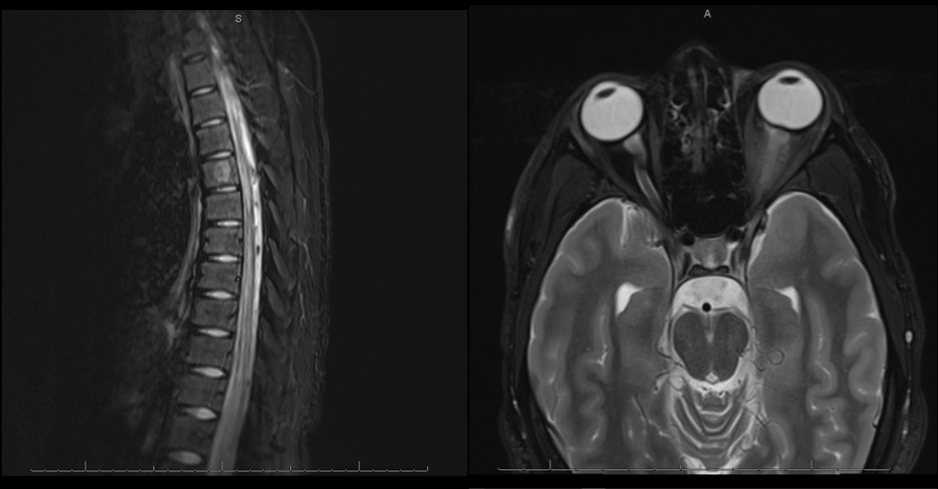
In this review, we examine the history of the MOG antibody and its relevance to demyelinating disease, as well as compare the clinical, radiographic and serological profiles of patients with MOG antibody with patients with AQP4 antibody.Ĭopyright © 2018 Elsevier B.V. MOG antibody disease has thus recently emerged as a distinct entity carved out of the patient population diagnosed with NMOSD. In recent studies around the world where MOG testing is available, up to 42% of NMOSD patients who test seronegative for the AQP4 antibody test positive for MOG antibodies. Antibodies to MOG cause the myelin sheath to fall off, this is known as demyelination. Myelin oligodendrocyte glycoprotein (MOG) is a myelin protein that has long been important in mouse models of demyelinating disease, causing loss or destruction. In addition, acute disseminated encephalomyelitis (ADEM) is a well-recognized phenotype of MOG antibody disease in children.


Clinically, the disease resembles neuromyelitis optica spectrum disorders in the predilection for relapses of optic neuritis and transverse myelitis. MOG is a glycoprotein expressed on the outer membrane of myelin and solely found within the central nervous system, including in the brain, optic nerves and spinal cord. These disorders may be inflammatory, infective, ischemic or toxic in origin and include 1-7: autoimmune demyelination.

Demyelinating disorders are a subgroup of white matter disorders characterized by the destruction or damage of normally myelinated structures. MOG antibody disease is an autoimmune disease of the central nervous system associated with a serological antibody against MOG, myelin oligodendrocyte glycoprotein. Citation, DOI, disclosures and article data.


 0 kommentar(er)
0 kommentar(er)
